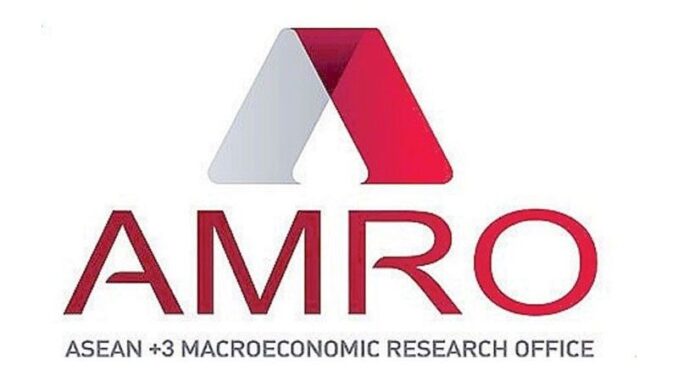
MANILA, Philippines — The Association of Southeast Asian Nations Plus 3 (ASEAN+3) Macroeconomic Research Office (AMRO) has kept its growth forecasts for the Philippines for 2024 and 2025, but inflation and geopolitical issues pose risks.
“The Philippine economy is expected to grow by 6.1 percent in 2024 and 6.3 percent in 2025, driven by higher government spending as well as an upturn in external demand and strengthening domestic demand,” AMRO principal economist Runchana Pongsaparn said.
These growth forecasts are the same as those provided in the AMRO’s Quarterly Update of the ASEAN+3 Regional Economic Outlook report released last July.
AMRO’s growth forecast for this year is within the government’s six to seven percent gross domestic product (GDP) growth target.
The 6.3 percent growth forecast for next year, meanwhile, is below the government’s 6.5 to 7.5 percent goal.
Pongsaparn led the AMRO team during its annual consultation visit to the Philippines from Aug. 27 to Sept. 6.
AMRO director Kouqing Li and chief economist Hoe Ee Khor participated in the policy meetings.
The Philippine economy grew by 6.3 percent in the second quarter of this year, faster than the 4.3 percent growth in the same quarter last year and the revised 5.8 percent growth in the first quarter.
In the first semester, the economy expanded by six percent.
In the near term, AMRO said the growth prospects of the Philippines could be subject to several risks such as higher inflation, especially from food prices that could dampen consumption.
As inflation continued to ease and the Monetary Board delivered the first rate cut only in August last month, with indication that inflation will continue its downtrend, the AMRO said there is room to adopt a less restrictive monetary policy stance if current macroeconomic trends continue.
Other risks cited are a sharp slowdown in major trading partners such as the United States, Euro area and China, as well as heightened geopolitical risks that could increase the likelihood of global supply disruptions and further global economic fragmentation.
In the long term, AMRO said growth could be constrained by insufficient infrastructure investment, vulnerabilities to climate change and the prolonged scarring effects caused by the COVID-19 pandemic.


Be the first to comment